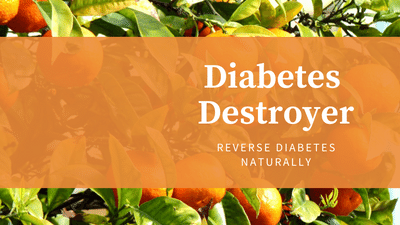
Lets look at each of the items above in terms of traffic light colors.
Dates: Short yellow light. While dates are good sources of vitamins, minerals and fiber, they are also high in natural sugar. For the green light, limit yourself to 1 or 2 in a sitting.
Ketchup, BBQ sauce and other tomato condiments: Long yellow light. Most commercially prepared ketchups and BBQ sauces are loaded with the sweet stuff. In general, a 2-tablespoon serving of BBQ sauce will give you 3 or more teaspoons of sugar; as for ketchup, it’s one-quarter sugar! My recommendation: Teach your children to skip these.
Flavored yogurt: Red light. Low-fat yogurt typically contain 5 teaspoons of added sweeteners, plus artificial sweeteners. My recommendation: Choose full-fat, plain yogurt, or make your own.
Nut mix: Short yellow light. Filled with healthy fats, protein and minerals, (unprocessed) nuts are a great choice for snacking! However, many nut mixes include candy, chocolate chips, or an abundance of dried fruit, which contains a good deal of sugar. To get a green light, make sure your nut mix has mostly almonds, walnuts and macadamia nuts and less of dried fruit. Add variety with pumpkin or sunflower seeds, and forget the candy!
“Fruit snacks”: Red light! Processed fruit snacks are loaded with sugar (as much as 4 teaspoons per serving) plus artificial coloring and who-knows-what-else-that-your-body-doesn’t-need. My recommendation: Go with real fruit.
Soft drinks: Red light. A 12-oz can of regular, carbonated soda contains 10-11 teaspoons of sugar. My recommendation: Avoid all sodas, including the diet varieties. They are liquid candy. Even tonic water, which has a bitter taste, contains as much sugar per serving as regular soda.
Tomato / pasta sauce: Yellow light. Tomato sauce generally has more than 2 teaspoons of sugar for each ½ cup serving, not to mention high sodium content. For the green light, make your own sauce from fresh tomatoes.
Canned beans: Yellow light. Canned beans, especially baked beans, often contain added sugar.
Chocolate: Yellow light. While milk and white chocolate varieties get the red light, I am a big fan of dark (70 percent or higher) chocolate because it contains healthy compounds. Be sure to limit yourself to 1 or 2 small pieces at a time.
Granola: Yellow light. Granolas often list sweeteners, such as dried cane syrup, brown rice syrup, and evaporated cane juice, among the first ingredients. They may contain more than 2 teaspoons per ½ cup serving. My recommendation: Look for brands with lower levels of sweeteners, often advertised as “high protein” or no-sugar added varieties. Avoid products with canola oil. If you can, make your own granola (and use coconut oil).
Grapes: Green light. While grapes do contain some natural sugars, they are full of water, which makes them a better option than dried fruits. Grapes also contain lots of vitamins (especially C and K), as well as minerals and phytonutrients like resveratrol (in red grapes).
Fruits packaged in syrup: Red light. Fruits in cans, jars and plastic containers are usually loaded with sugar. Best is to just eat the real thing.
Protein bars: Long yellow light. Protein or meal replacement bars can contain from 5 to 7 teaspoons of sweeteners (not to mention GMOs, unhealthy fats, and artificial additives). My recommendation: look for bars lower in sugar; unprocessed whole food varieties get my green light. If you are looking for protein, there are much better sources, even if you are on the go, such as hard boiled eggs, unsalted nuts, or a can of wild salmon.
Popular cereals: RED light. These can be real sugar traps, particularly the one intended for children. According to the Environmental Working Group, an advocacy organization that educates the public on environmental issues affecting public health, some products are as much as half-sugar by weight. Better, cook at home. Getting children hooked on sweet stuff for breakfast will help create a sugar addiction and early onset diabetes.
Sports drinks: Very long yellow light. Sports drinks offer a tasty replenishment for lost minerals (electrolytes) that occur from heat and heavy exercise, but most commercial varieties are loaded with sweeteners and may be high in caffeine. A 32-oz drink could contain more than 12 teaspoons of sugar (in addition to artificial colors and flavors). What really gets my seal of approval is coconut water.
The bottom line: Select no-sugar-added foods whenever you can. Your body will thank you for it!


